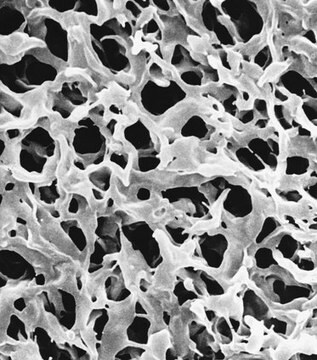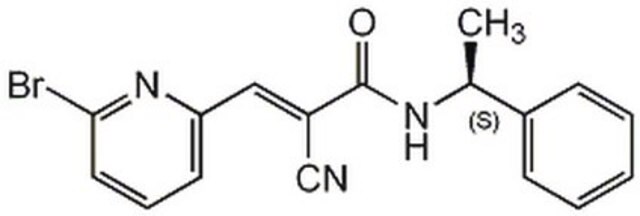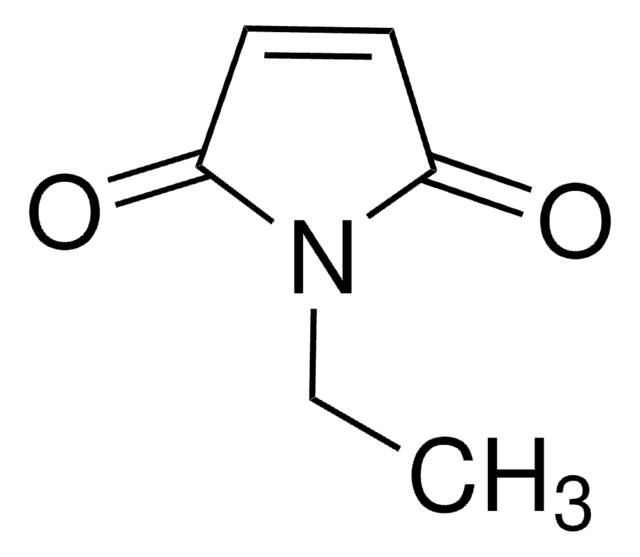RAB0464
Mouse Thrombopoietin ELISA Kit
for serum, plasma and cell culture supernatant
Synonim(y):
TPO
Zaloguj sięWyświetlanie cen organizacyjnych i kontraktowych
About This Item
Kod UNSPSC:
41116158
NACRES:
NA.32
Polecane produkty
reaktywność gatunkowa
mouse
opakowanie
kit of 96 wells (12 strips x 8 wells)
metody
ELISA: suitable
capture ELISA: suitable
moc wejściowa
sample type plasma
sample type cell culture supernatant(s)
sample type serum
assay range
inter-assay cv: <12%
intra-assay cv: <10%
sensitivity: 30 pg/mL
standard curve range: 27.4-20000 pg/mL
metoda wykrywania
colorimetric
Warunki transportu
wet ice
temp. przechowywania
−20°C
informacje o genach
mouse ... Thpo(21832)
Powiązane kategorie
Opis ogólny
The Mouse TPO ELISA (Enzyme-Linked Immunosorbent Assay) kit is an in vitro enzyme-linked immunosorbent assay for the quantitative measurement of mouse TPO in serum, plasma, cell culture supernatants and urine.
Immunogen
Recombinant Mouse Thrombopoietin
Zastosowanie
For research use only. Not for use in diagnostic procedures.
Please refer to the attached General ELISA KIT Procedure (sandwich, competitive & Indirect ELISA)
Please refer to the attached General ELISA KIT Procedure (sandwich, competitive & Indirect ELISA)
Inne uwagi
A sample Certificate of Analysis is available for this product.
Please type the word sample in the text box provided for lot number.
Please type the word sample in the text box provided for lot number.
Ta strona może zawierać tekst przetłumaczony maszynowo.
Elementy zestawu są też dostępne oddzielnie
Numer produktu
Opis
Karta charakterystyki
- RABELADAELISA 1X Assay/Sample Diluent Buffer A (Item D1)Karta charakterystyki
- RABELADBELISA 5X Assay/Sample Diluent Buffer B (Item E1)Karta charakterystyki
- RABSTOP3ELISA Stop Solution (Item I)Karta charakterystyki
- RABTMB3ELISA Colorimetric TMB Reagent (HRP Substrate, Item H)Karta charakterystyki
- RABWASH420X Wash Buffer (Item B)Karta charakterystyki
Hasło ostrzegawcze
Warning
Zwroty wskazujące rodzaj zagrożenia
Zwroty wskazujące środki ostrożności
Klasyfikacja zagrożeń
Met. Corr. 1
Kod klasy składowania
8A - Combustible corrosive hazardous materials
Wybierz jedną z najnowszych wersji:
Masz już ten produkt?
Dokumenty związane z niedawno zakupionymi produktami zostały zamieszczone w Bibliotece dokumentów.
Helena Tizón-Marcos et al.
The American journal of cardiology, 114(7), 1094-1099 (2014-08-19)
Increased myocardial trabeculations define noncompaction cardiomyopathy (NCC). Imaging advancements have led to increasingly common identification of prominent trabeculations with unknown implications. We quantified and determined the impact of trabeculations' burden on cardiac function and stretch in a population of healthy
Nike Müller et al.
PloS one, 9(4), e94282-e94282 (2014-04-15)
Inflammation and metabolism have been shown to be evolutionary linked and increasing evidence exists that pro-inflammatory factors are involved in the pathogenesis of obesity and type 2 diabetes. Until now, most data suggest that within adipose tissue these factors are
Y-L Zhang et al.
Letters in applied microbiology, 59(6), 580-586 (2014-08-29)
Clostridium sporogenes ATCC 3584 is an obligate anaerobe that has been reported to possess excellent tumour-targeting capacity. Here, we use Cl. sporogenes as a vector to deliver IL-12, a potent antitumour cytokine that bears numerous antitumour properties but that has limited
Irene Ciancarelli et al.
Biomarkers : biochemical indicators of exposure, response, and susceptibility to chemicals, 19(6), 452-456 (2014-07-02)
Peripheral oxidative biomarkers could be useful for monitoring clinical features of Huntington's disease (HD). Cu/Zn-superoxide dismutase (Cu/Zn-SOD), neuron-specific enolase (NSE) and 8-hydroxy-2'-deoxyguanosine (8-oxoGua) serum levels were analysed in 18 HD patients and 10 controls. Clinical measures were recorded from each
Sangbin Park et al.
PLoS genetics, 10(8), e1004555-e1004555 (2014-08-08)
Insulin is a major regulator of metabolism in metazoans, including the fruit fly Drosophila melanogaster. Genome-wide association studies (GWAS) suggest a genetic basis for reductions of both insulin sensitivity and insulin secretion, phenotypes commonly observed in humans with type 2
Nasz zespół naukowców ma doświadczenie we wszystkich obszarach badań, w tym w naukach przyrodniczych, materiałoznawstwie, syntezie chemicznej, chromatografii, analityce i wielu innych dziedzinach.
Skontaktuj się z zespołem ds. pomocy technicznej







